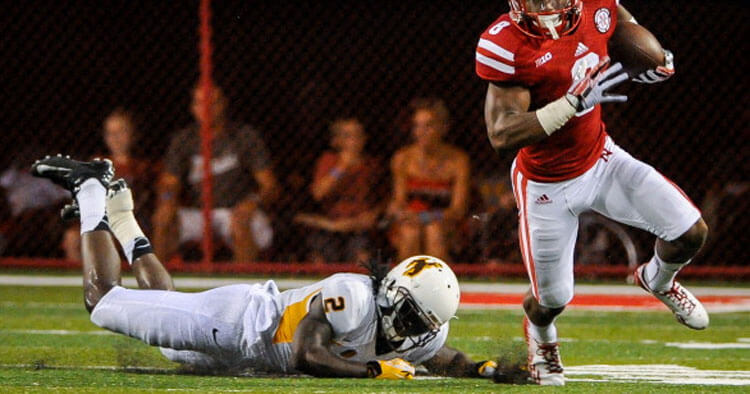Sports Injuries and Management
Turf Toe: An Injury On The Rise
Turf Toe Is An Increasingly Common Injury
If my Randwick and Sydney physiotherapy clinics are anything to go by then sprains to the big toe are becoming increasingly common accross Sydney in recent times. Perhaps this is as a direct result of the use of artificial turf surfaces becoming more commonplace throughout Sydney for football (soccer) and the rise in popularity of American football. Couple this with the growing trend in athletes wearing softer, more flexible footwear across these codes (and other sports) as the light weight minimalist footwear trend maintains/gains momentum in Australia. Although associated more commonly with American football players playing or training on artificial grass, despite this clearly being a minority sports still, it seems that turf toe is an injury on the rise in Sydney. The harder, less shock absorbent artificial turf surfaces combined with flexible footwear providing less stability to the forefoot and toes makes for a risky combination for big toe injuries. As well as this an inconsistency at weekend warrior football leagues level with regard to playing surface means some teams will train on grass but play on artificial grass on weekends, or train and play mostly on natural surfaces only to have one or two matches a year played on a synthetic surface. These synthetic matches are not considered frequent enough for many players to warrant the purchasing of specific boots for these synthetic matches and therefore putting themselves at risk of turf toe injury due to varied stud height, layouts being appropriate for natural verses synthetic surfaces.
What Is Turf Toe
The simplest definition of turf toe is that it is a sprain of the main joint of the big toe. A generic term used to describe a range of injuries to the capsule and ligament structures of the first metatarsophalangeal joint. The big toe is made up of two joints. The largest of which is the first metatarsophalangeal joint (1st MTP), where the first long bone of the foot (first metatarsal) meets the first bone of the toe (phalanx). In turf toe, it is this joint the first MTP joint that is injured. In particular as an injury it refers to a soft tissue injury of the plantar complex (supportive soft tissues of the underside of the toe). Injuries can obviously vary in severity from a stretching of the soft tissue on this plantar aspect, to partial tearing, and even total dislocation of the first MTP joint. These injuries and irritation to the plantar structures of the 1st MTP are potentially caused by jamming the big toe, or the forefoot (toe) getting stuck and the body’s momentum forces over stretching at the joint, as well as more chronically the repeated pushing off the big toe forcefully as occurs in running and jumping actions.
The Mechanics Of Turf Toe Injuries
When walking or running, each subsequent step is begun by raising the heel on the weight bearing side and shifting body weight forward onto the ball of the foot. At a certain point you will propel yourself forward by “pushing off” of your big toe and allowing your body weight to shift to the other foot. If the big toe for some reason stays flat on the ground and doesn’t lift to push off, you run the risk of sudden injury to the area around the joint. Other ways to injure the big toe causing a turf toe injury include being tackled, or falling forward with the big toe staying flat.
These above mentioned movements are effectively similar to the action of bending your big toe back as far as it can go with your hand taking it beyond its normal limit, this action of hyperextension of the big toe can cause injury. Hyperextension, when repeated time after time, or as a sudden excessive force can cause a sprain to the ligaments that surround the joint commonly known as turf toe.
Not As Common As An Ankle Sprain But Arguably Has The Potential To Be More Serious
Although lateral ankle sprains are four times more common than a sprain to the 1st MTP of the big toe, turf toe injuries can account for double the number of missed training sessions than the common ankle sprain. Approximately forces in the realm of eight times your body weight are imparted on the big toe when jumping, so any injury to your toe can create a significant problem or disability as it’s capacity to absorb / propel this weight for a period of time is greatly diminished. Hence the diagnosis and correct management of any suspected turf toe injuries is crucial in ensuring an appropriate return to play time frame.
Disclaimer: Sydney Physio Clinic does not endorse any treatments, procedures, products mentioned. This information is provided as an educational service and is not intended to serve as medical advice. Anyone seeking specific orthopaedic advice or assistance on Turf Toe: An Injury On The Rise should consult his or her general practitioner or physiotherapist or otherwise appropriately skilled practitioner.


